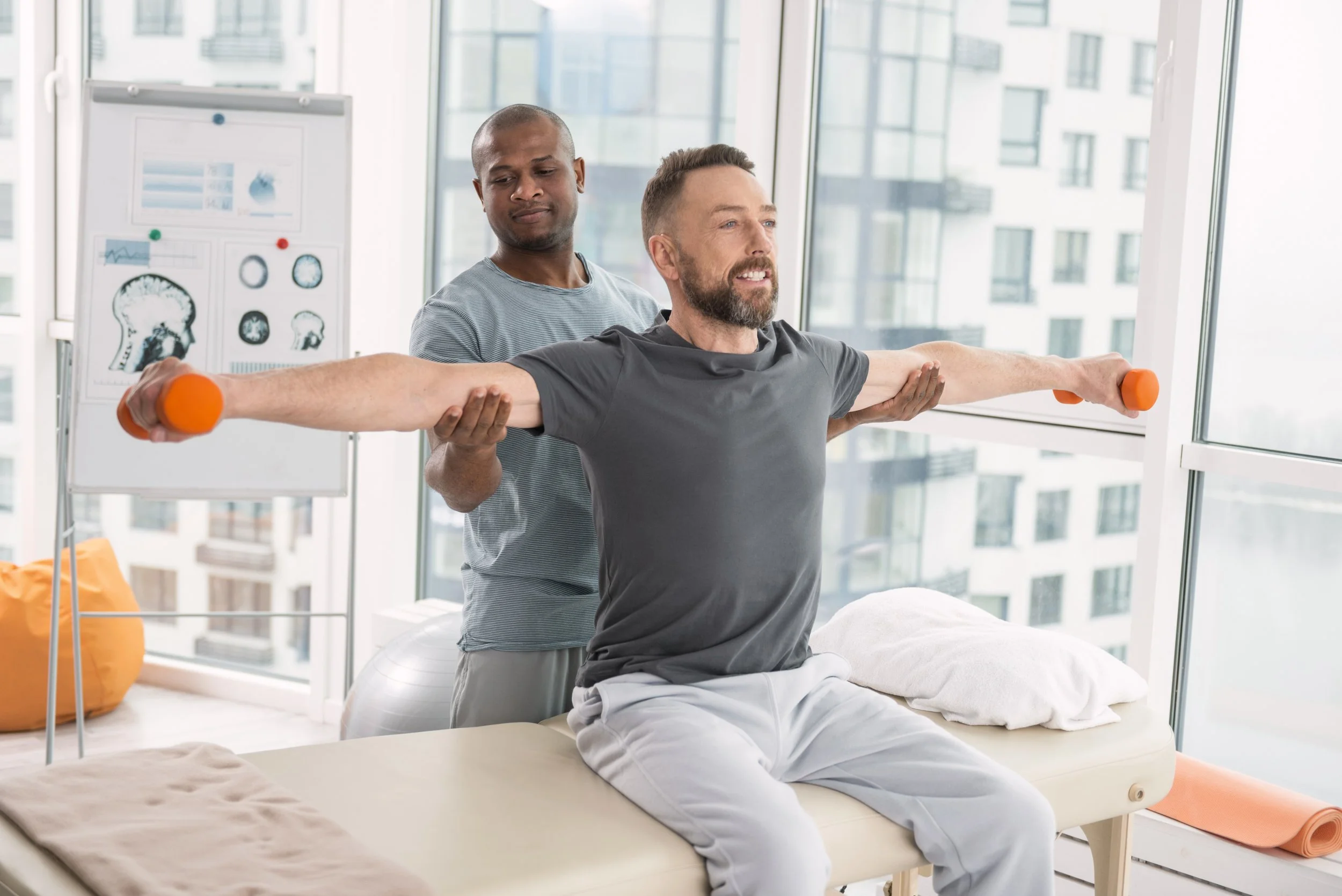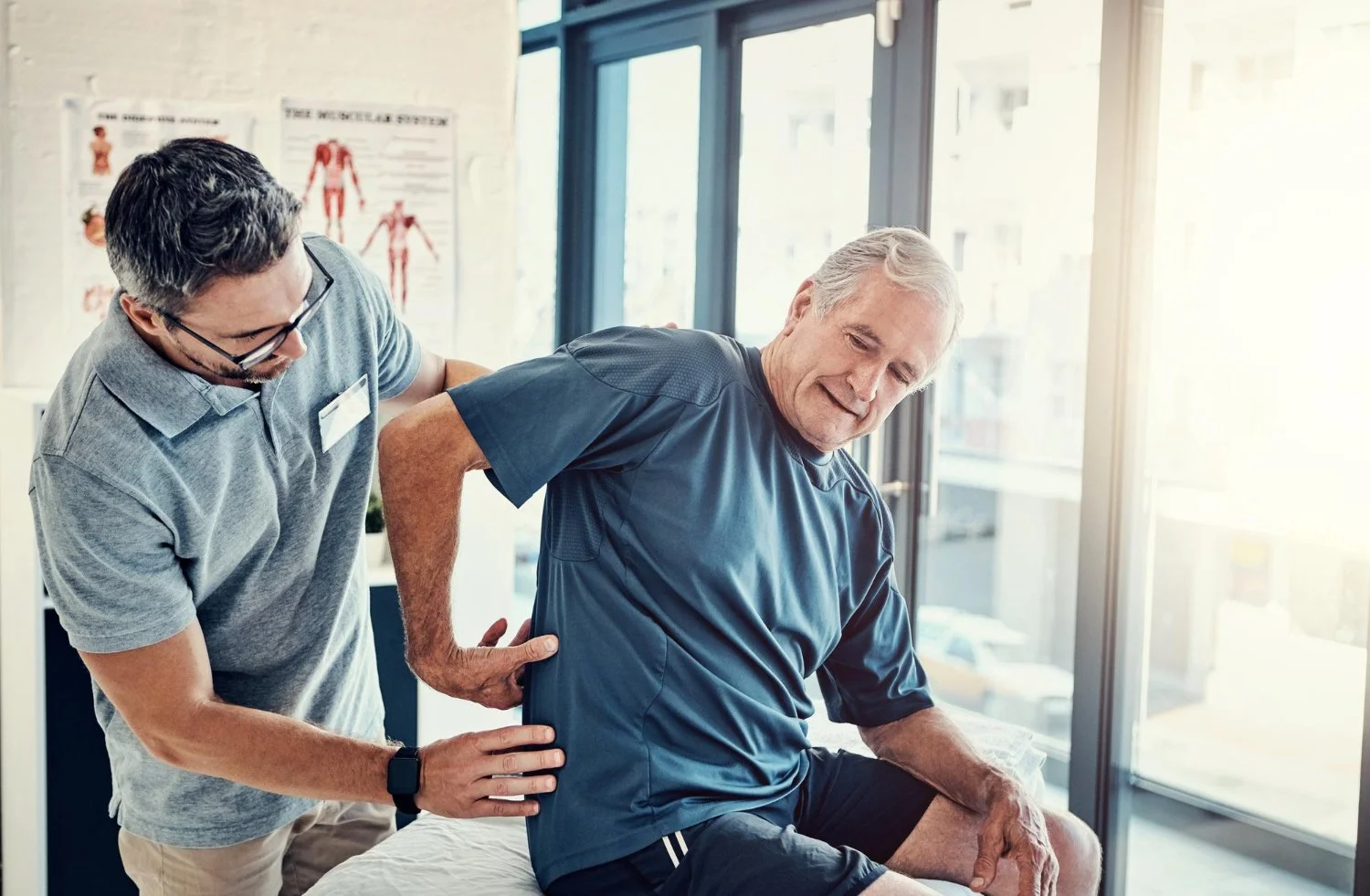How to Make Injection Therapy Effects Last Longer – What Should You Combine It With?
Injection therapy offers quick and powerful relief for back pain caused by herniated discs, nerve inflammation, or joint irritation. By reducing inflammation and nerve pressure, it helps patients move freely again and return to daily activities with less discomfort.
However, while injections effectively calm inflammation, they do not correct the underlying structural issues that often cause pain in the first place. To achieve lasting results, combining injection therapy with corrective and supportive treatments is key.
1. Combine with Structural Correction
To prolong the benefits of injection therapy, it’s essential to include chiropractic care to correct spinal and pelvic misalignments. Poor posture and spinal imbalances are leading causes of recurring pain.
Chiropractic adjustments help restore spinal alignment, reduce nerve pressure, and improve posture — all of which prevent symptoms from returning.
When chiropractic care is introduced after pain has been reduced by injections, the body is more receptive to corrective treatment. With inflammation reduced, muscles are less guarded, allowing adjustments to be more effective.
By integrating chiropractic care with injection therapy, you’re not just treating the symptoms — you’re correcting the source. This combination approach promotes long-term healing, improved mobility, and a better quality of life.
2. Rehabilitation Exercises & Lifestyle Management
Once pain relief is achieved through injection therapy or chiropractic adjustments, the next step is rehabilitation exercises and lifestyle management to maintain and extend the benefits of treatment.
2-1. Strengthening the Core – Building Support Around the Spine
After acute pain subsides, consistent core and back-strengthening exercises are essential.
Stronger muscles act as a natural brace, providing better support for the spine, reducing disc stress, and minimizing recurrence.
Stability-focused exercises also help maintain spinal alignment and enhance flexibility and mobility.
2-2. Stretching & Weight Management – Balancing Flexibility and Load
Regular stretching is crucial for joint mobility, muscle tension relief, and improved circulation, all of which support healing.
Maintaining a healthy body weight is important to reduce mechanical stress on the spine and joints. Even slight postural shifts or excess abdominal weight can increase lower back strain and contribute to recurring discomfort.
2-3. Practicing Good Posture – Habits That Preserve Healing
Good posture is often the most overlooked factor in long-term recovery.
Poor sitting habits, slouching, or prolonged device use can undo structural improvements from treatment.
Developing healthy posture habits with guidance from your chiropractor protects the spine and supports long-term results.
3. Consistency Is the Key to Long-Term Results
Injection therapy provides fast relief, but lasting spine health depends on an integrated approach — one that combines injections, chiropractic care, rehabilitation exercises, and healthy daily habits.
Your body heals best when these treatments work together.
To make your injection therapy results last longer, talk with your healthcare provider about creating a personalized, long-term care plan tailored to your needs and lifestyle.
© 2025 [Blessen Abraham]. All rights reserved.












